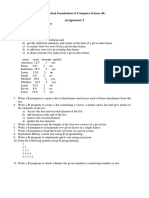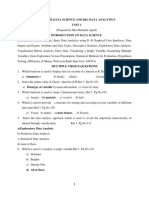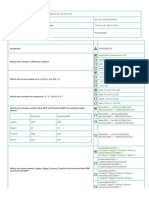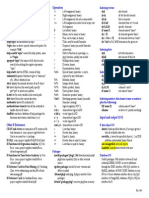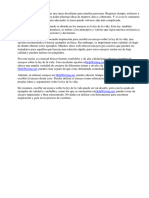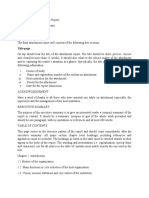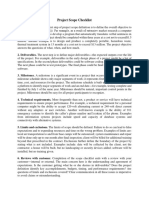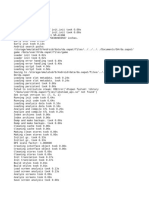0% found this document useful (0 votes)
94 views10 pagesR Programming Quiz for Beginners
R is a programming language used for statistical analysis. This document contains a multiple choice quiz on various R programming concepts like data structures, functions for working with vectors, matrices, data frames, and factors. It tests knowledge of functions like list, ls, sort, length, matrix, vector, unlist, data.frame, str, summary, and differences between implicit and explicit coercion in R.
Uploaded by
Dhiraj ThombareCopyright
© © All Rights Reserved
We take content rights seriously. If you suspect this is your content, claim it here.
Available Formats
Download as DOCX, PDF, TXT or read online on Scribd
0% found this document useful (0 votes)
94 views10 pagesR Programming Quiz for Beginners
R is a programming language used for statistical analysis. This document contains a multiple choice quiz on various R programming concepts like data structures, functions for working with vectors, matrices, data frames, and factors. It tests knowledge of functions like list, ls, sort, length, matrix, vector, unlist, data.frame, str, summary, and differences between implicit and explicit coercion in R.
Uploaded by
Dhiraj ThombareCopyright
© © All Rights Reserved
We take content rights seriously. If you suspect this is your content, claim it here.
Available Formats
Download as DOCX, PDF, TXT or read online on Scribd
/ 10







